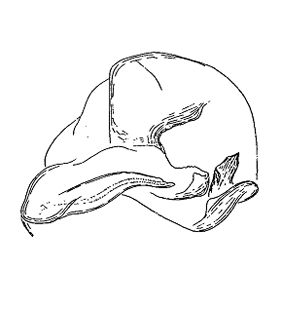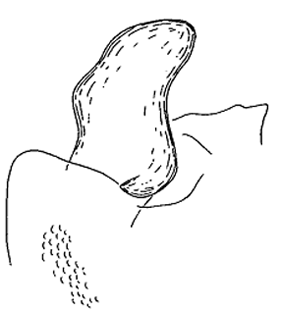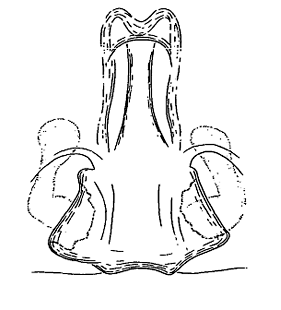Pardosa aquila Buchar & Thaler, 1998
Beschreibung
Männchen
Dunkel gefärbt. Prosomazeichnung undeutlich, Medianband verjüngt. Beine: Femora dunkel, Patellae und Tibiae schwärzlich übertönt. Metatarsi und Tarsi bräunlich. Opisthosoma dorsal mit lanzettförmigem Band und braunen, paarweise angeordneten Flecken.
Körperlänge Männchen: 5.8 mmWeibchen
Färbung wir Männchen.
Körperlänge Weibchen: 6.6-9.1 mmVerbreitung
Phänologie
| Jan | Feb | Mar | Apr | May | Jun | Jul | Aug | Sep | Oct | Nov | Dec |
 |  |
Abbildungen
Verbreitungsnachweise
"No reference" bedeutet nicht, dass die Art in diesem Land nicht vorkommt, sondern dass wir die Referenz hierfür noch nicht eingefügt haben. Wir arbeiten daran.
Literatur
Akpınar A, Varol İ (2013) Contributions to the Turkish wolf spiders (Arachnida: Lycosidae). [note: Lycosa boninensis, Pardosa anomala and Trochosa abdita are not plausible and not included in Spiders of Europe] Acta Zoologica Bulgarica 65: 271-272 ![]()
Buchar J, Thaler K (1998) Lycosidae from the high alpine zone of the Caucasus range, with comparative remarks on the fauna of the Alps (Arachnida: Araneae). Linzer Biologische Beiträge 30: 705-717 ![]()
Danışman T, Kunt K B, Özkütük R S, Coşar İ (2024a) The checklist of the spiders of Turkey. Version 2024 [last updated 01 January 2024], online at http://www.spidersofturkey.info ![]()
Otto S (2022) Caucasian spiders. A faunistic database on the spiders of the Caucasus Ecoregion. Database version 02.2022. Internet: caucasus-spiders.info.
WSC (2025) World Spider Catalog. Version 26. Natural History Museum Bern, online at http://wsc.nmbe.ch (28.2.2025) doi: 10.24436/2 ![]()



